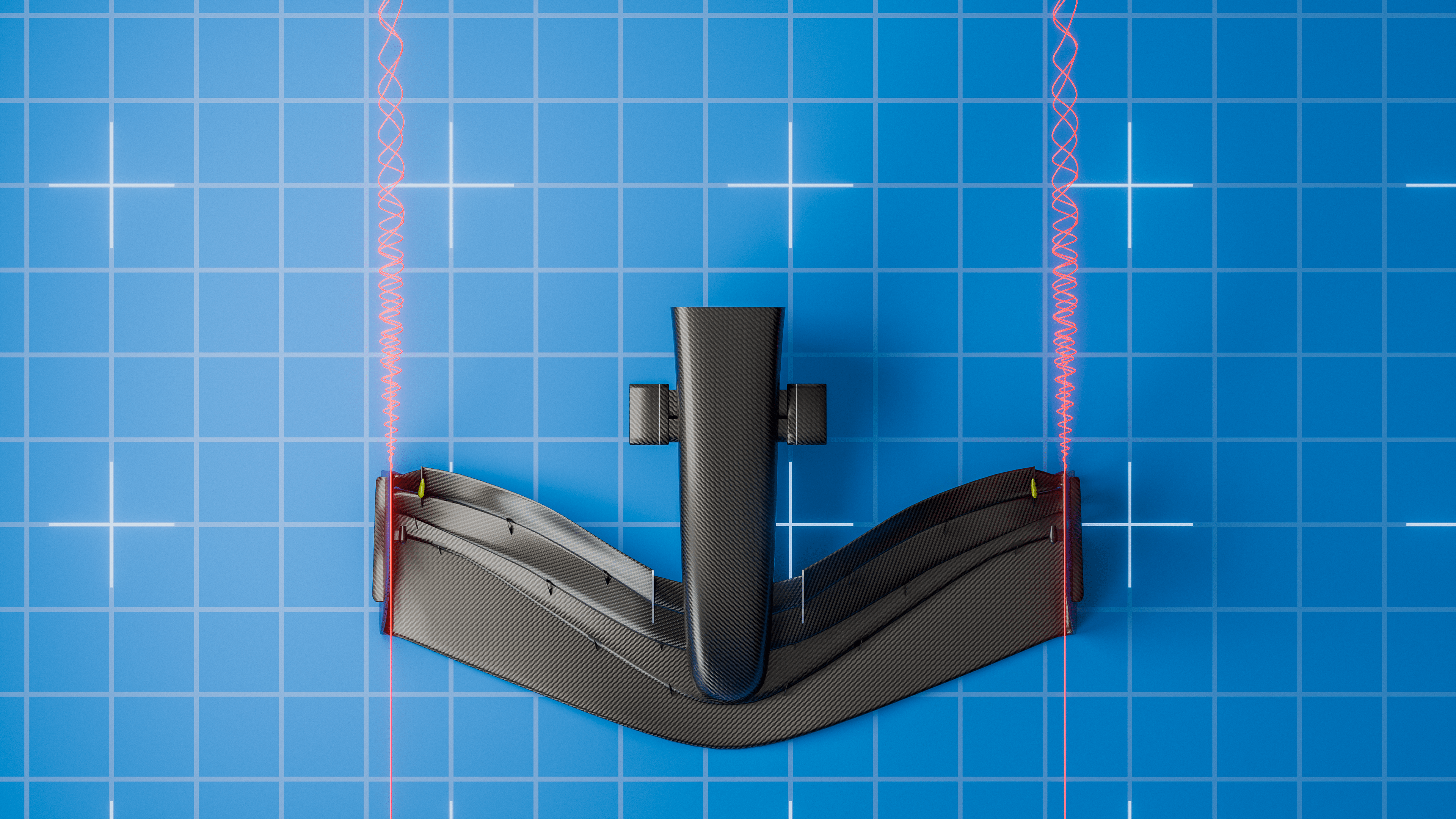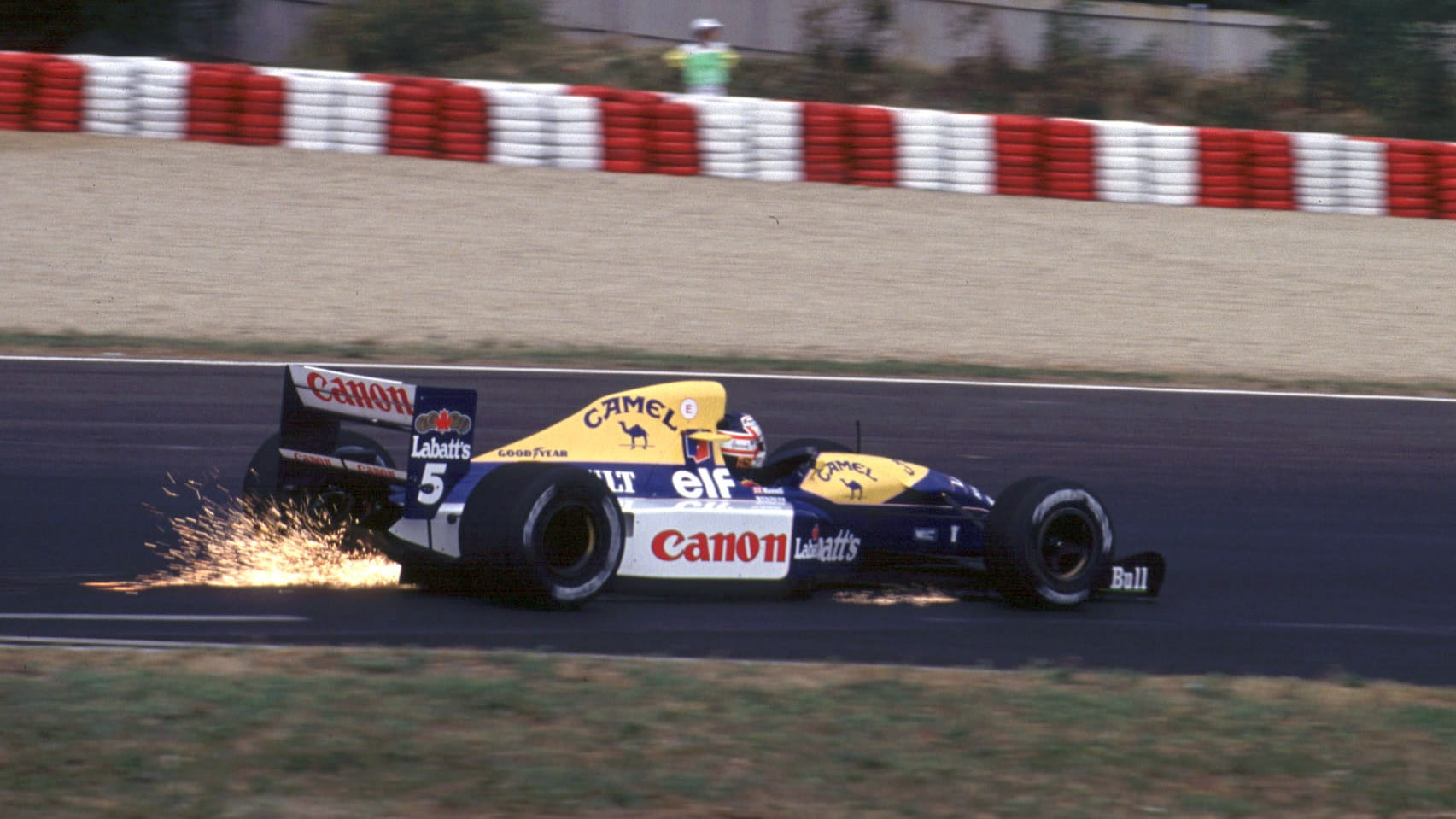Car
F1 2026's straightline mode will slash drag - with one major catch
by Jack Chilvers
6min read
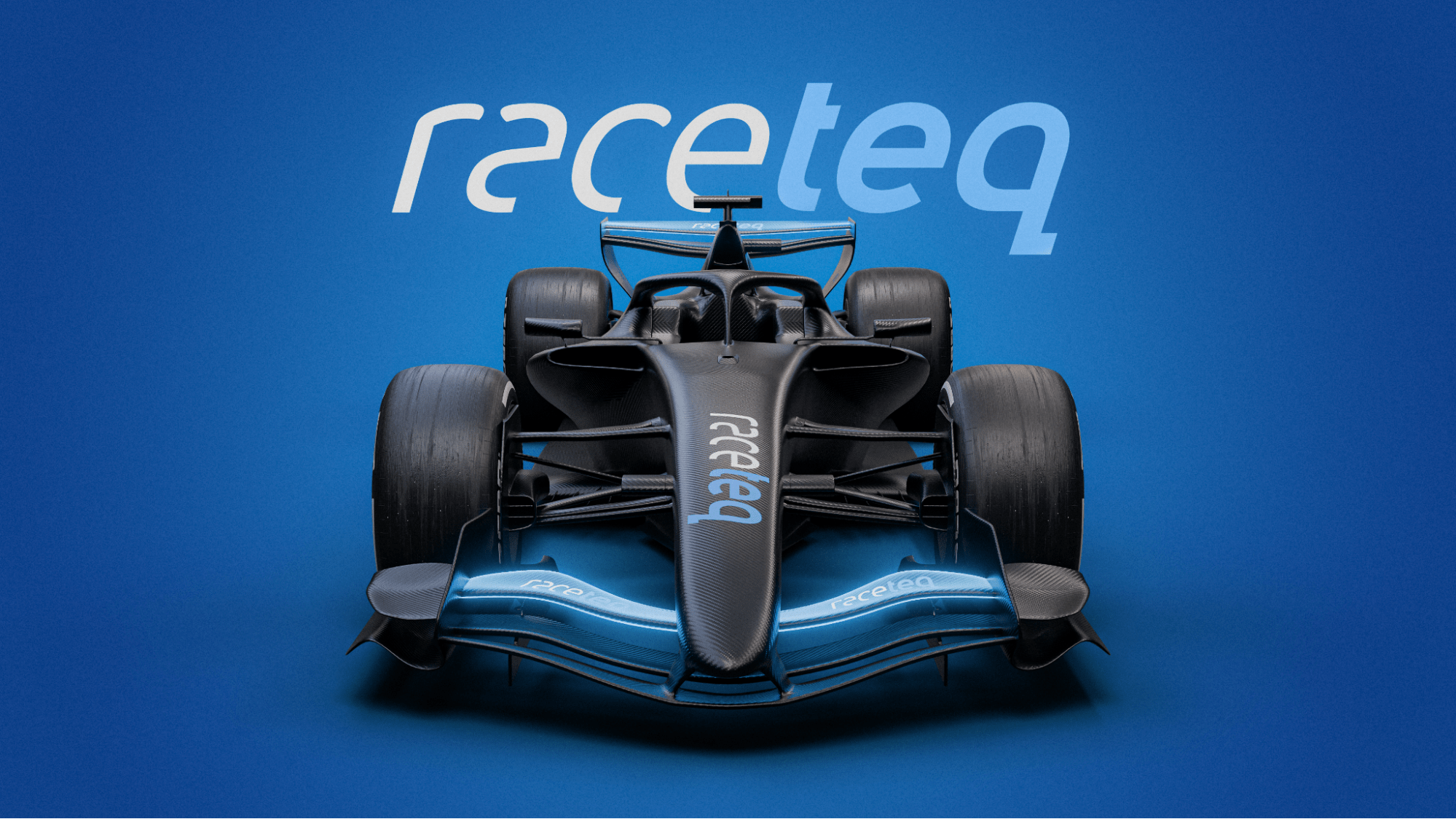
One of the biggest aerodynamic changes coming to the 2026 Formula 1 regulations reset is the replacement of the Drag Reduction System (DRS) to include moveable aerodynamics on the front and rear of the F1 cars.
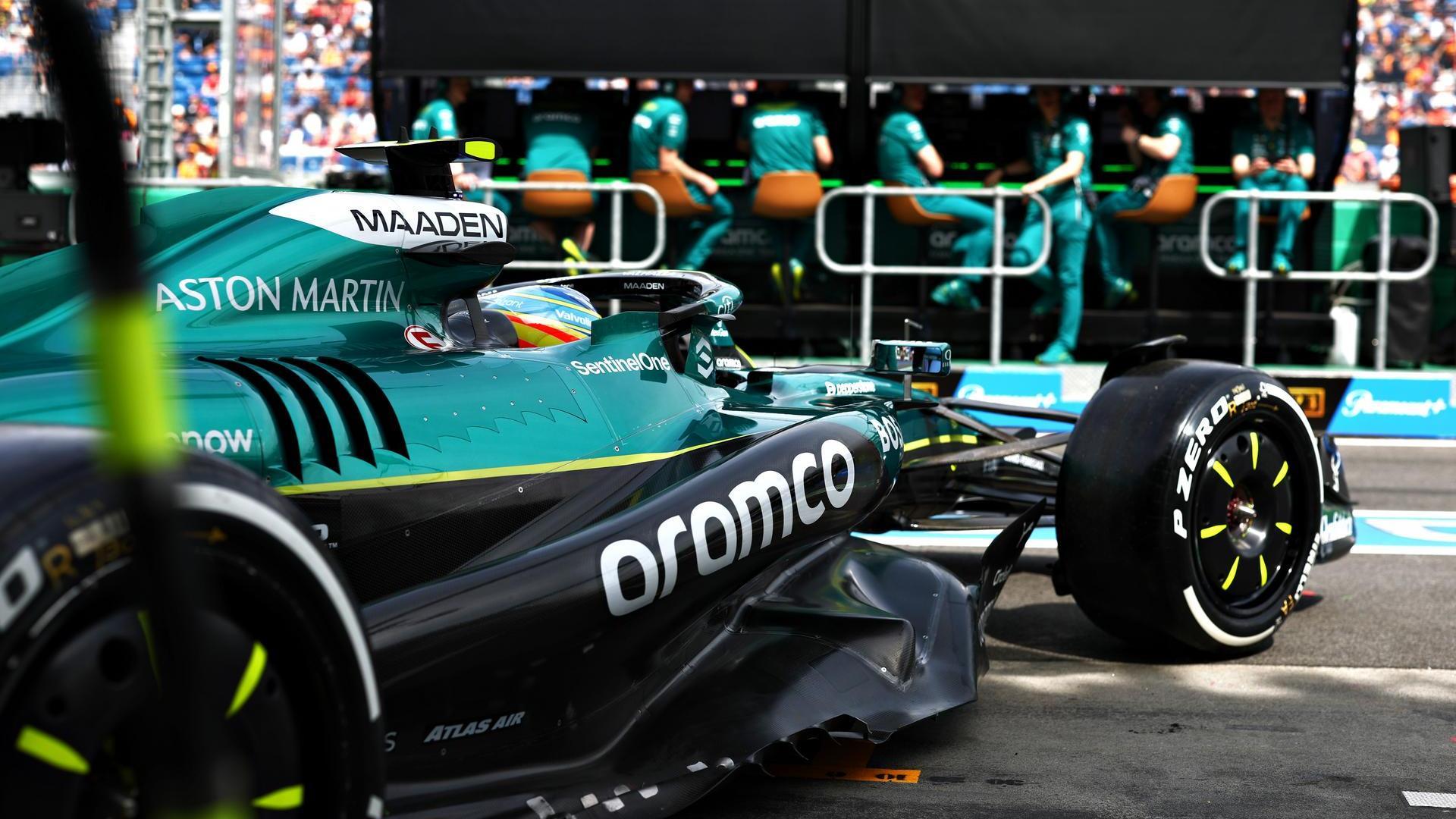
Sign up for a newsletter and we'll make sure you're fully up-to-date in the world of race technology
Computational Fluid Dynamics (CFD) simulations, courtesy of Bramble CFD, illustrate the changes in airflow and their impact on the racecars.
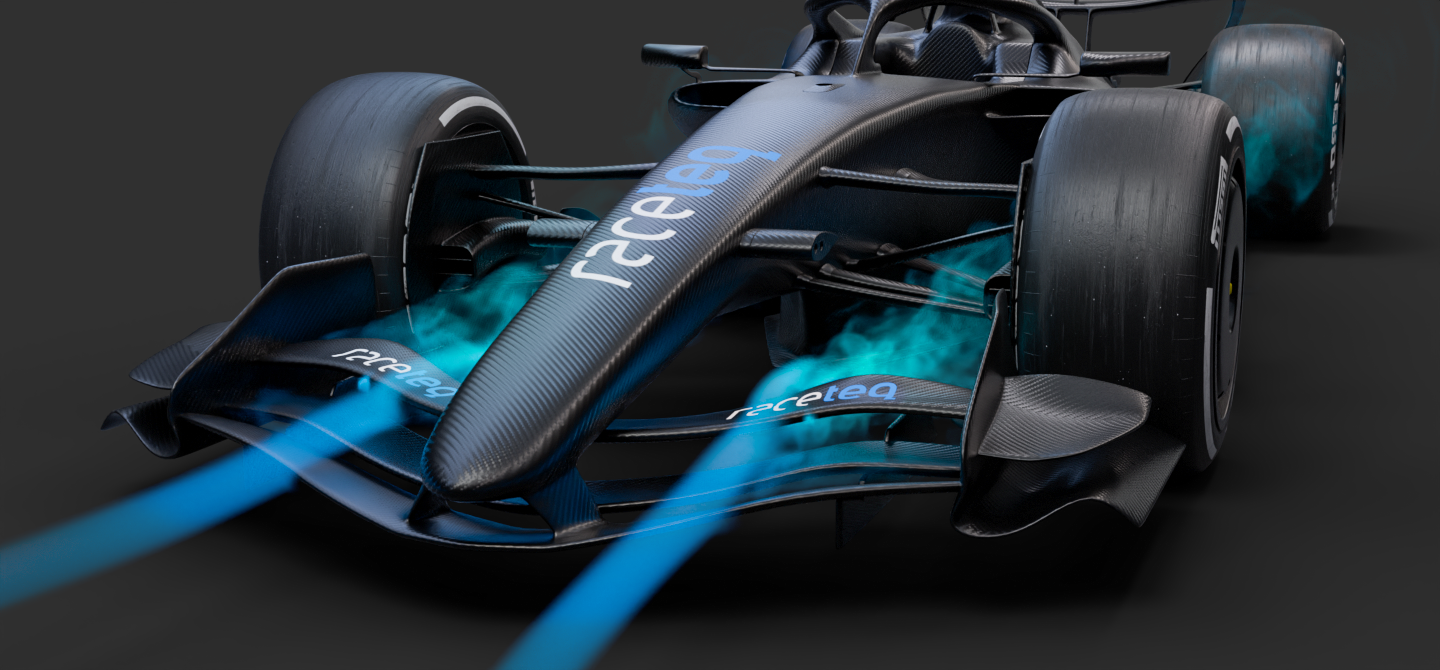
3D render showing how straightline mode could appear on the front wing of a 2026 F1 car. All 3D renders courtesy of Just FormulaCar
The DRS overtaking aid and its replacement
The current regulation cycle allows for the rear wing flap element to rotate and open up at certain points around the track in specific conditions. The activation of DRS leads the rear wing flap to provide less aerodynamic support to the main element of the wing.
This reduces the amount of drag and downforce generated by the wing on straights and allows for a top-speed boost, which promotes overtaking in a straight line.
In 2026, the effect of straightline mode will be similar and, in a similar vein to the rear wing, the front wing flap element will also be moveable to further reduce the downforce being generated ahead of the front axle.
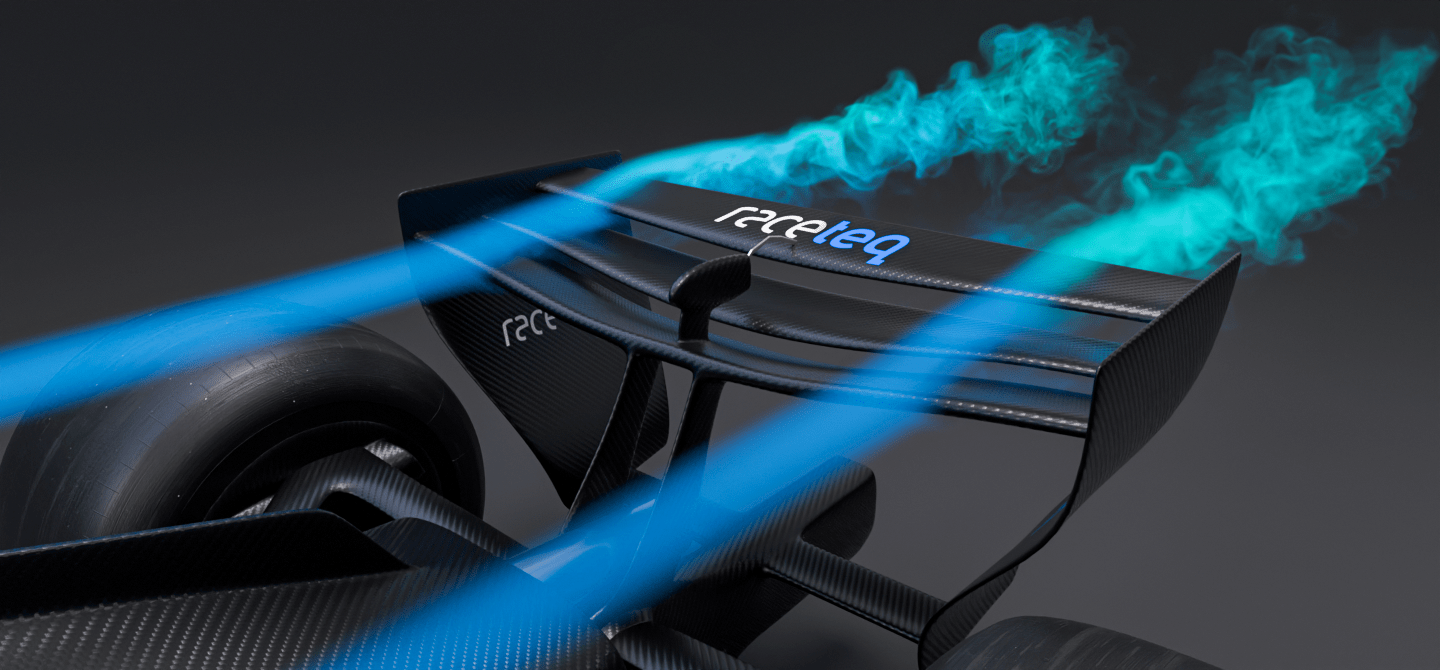
3D render showing straightline mode active on a representative 2026 F1 rear wing
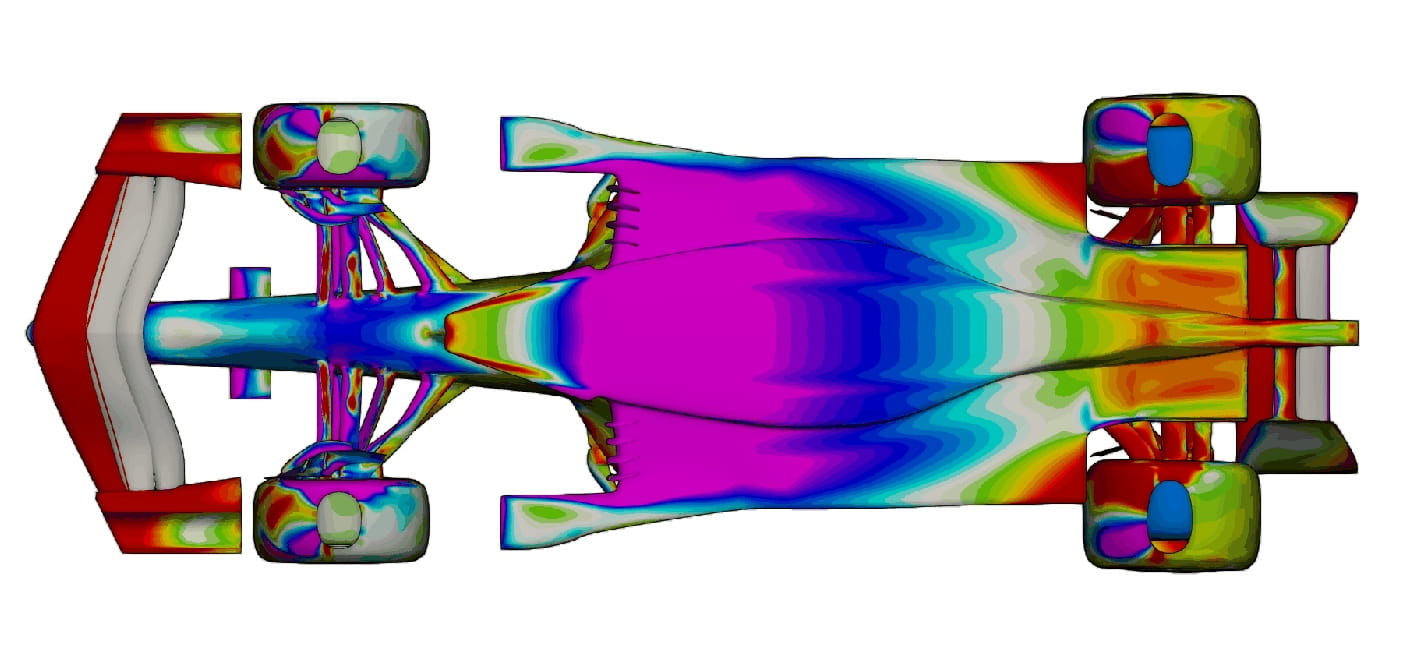
CFD delta plot showing aerodynamic pressure on a representative 2026 F1 car with straightline mode deployed. Red/orange areas indicate a reduction in suction and blue/purple regions indicate an increase in suction
First look at straightline mode in action
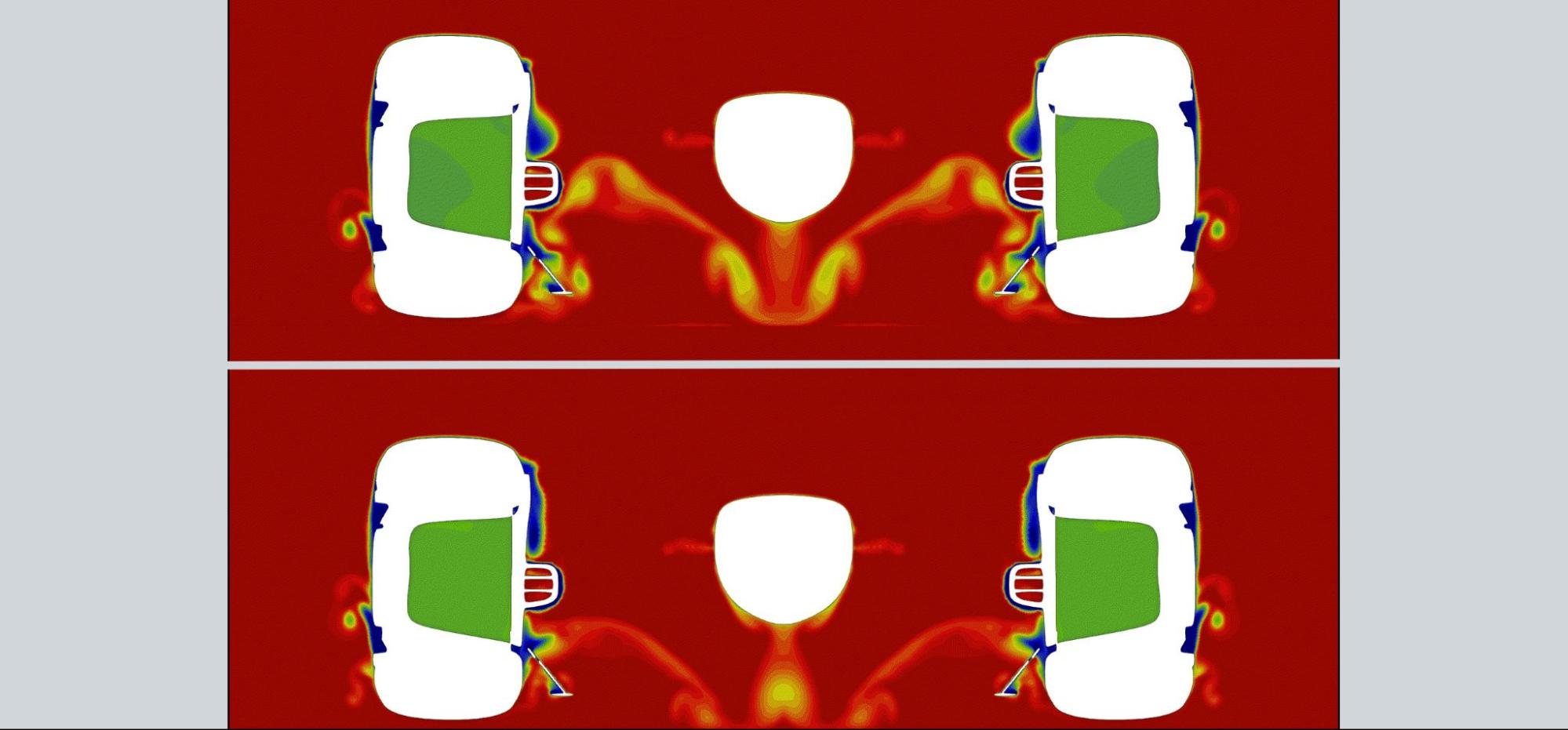
Comparison looking at the front of an F1 car with the nose and front tyres facing the viewer, showing front wheel wake pressure in corner mode (above) and straightline mode (below) - and the expected reduction caused by deployment of straightline mode
In the image below, a slice through the airflow just behind the front wheels shows the impact that offloading the front wing has on the rotation of the wheel wake, which normally threatens to destabilise the bodywork downstream of the front wheels.
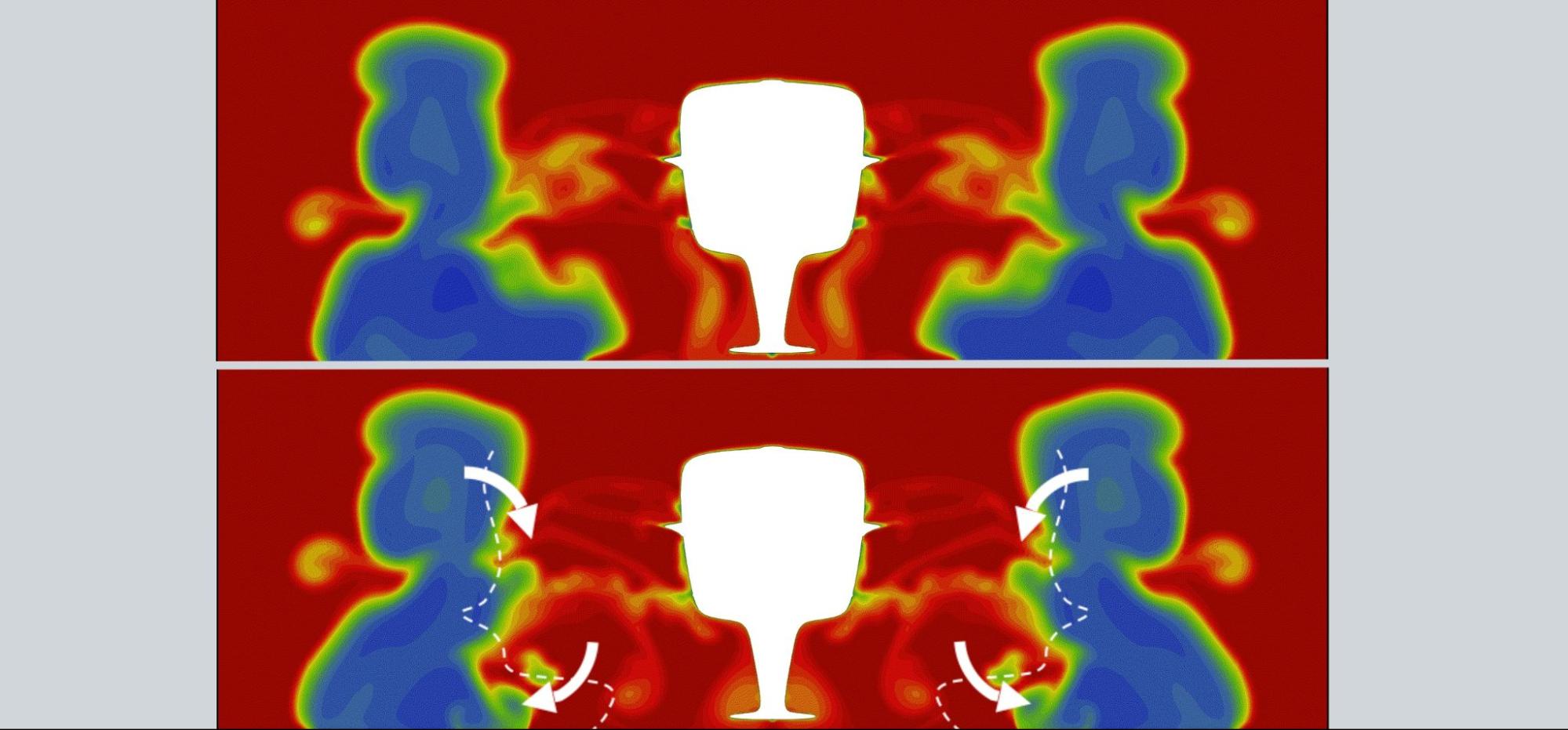
Wake is pulled inboard - indicated by arrows - when straightline mode is active, which could have a positive effect by reducing turbulence
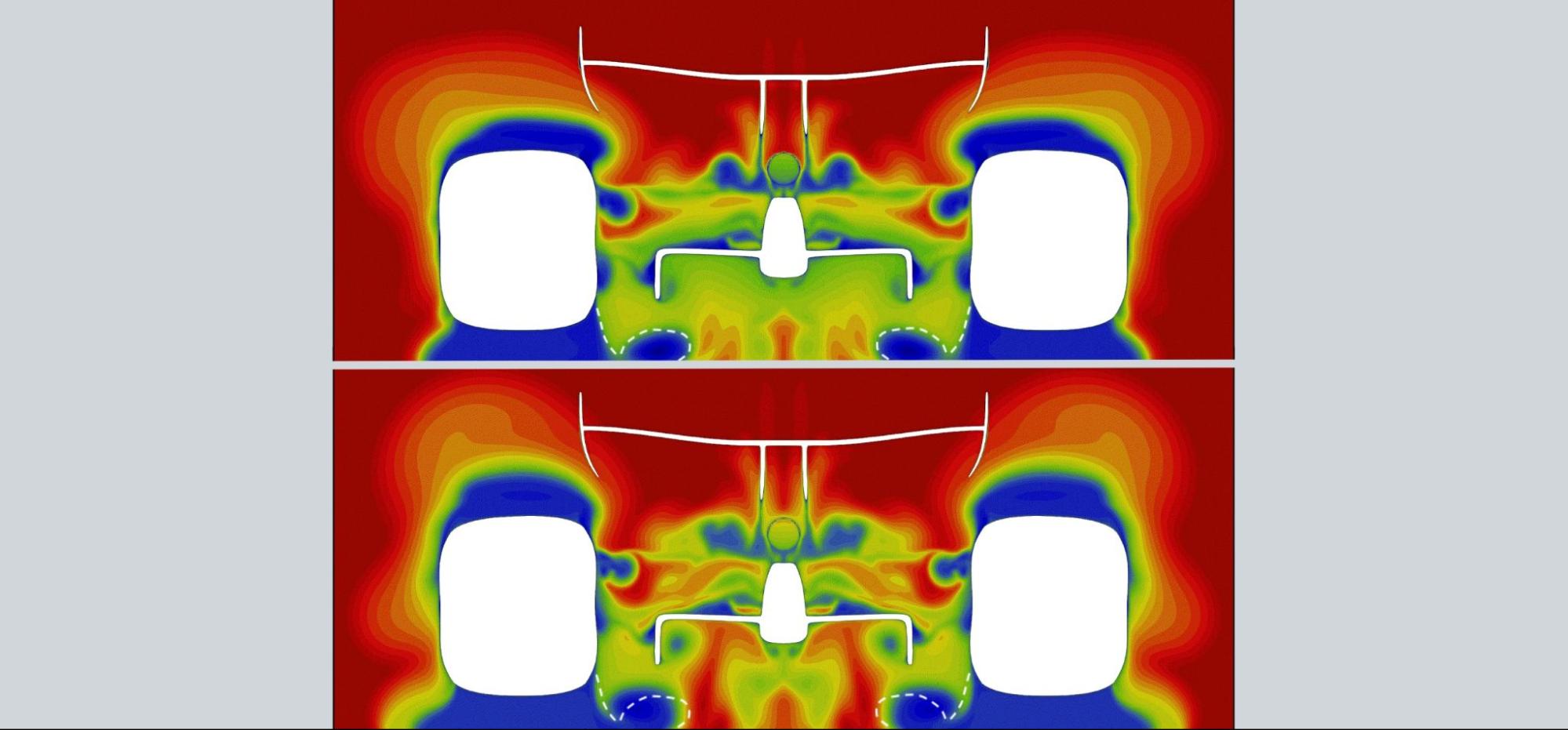
A CFD simulation of the rear, looking towards the wing and diffuser, of a 2026 F1 car showing cleaner airflow through the diffuser when straightline mode is activated (below) compared to corner mode (above)
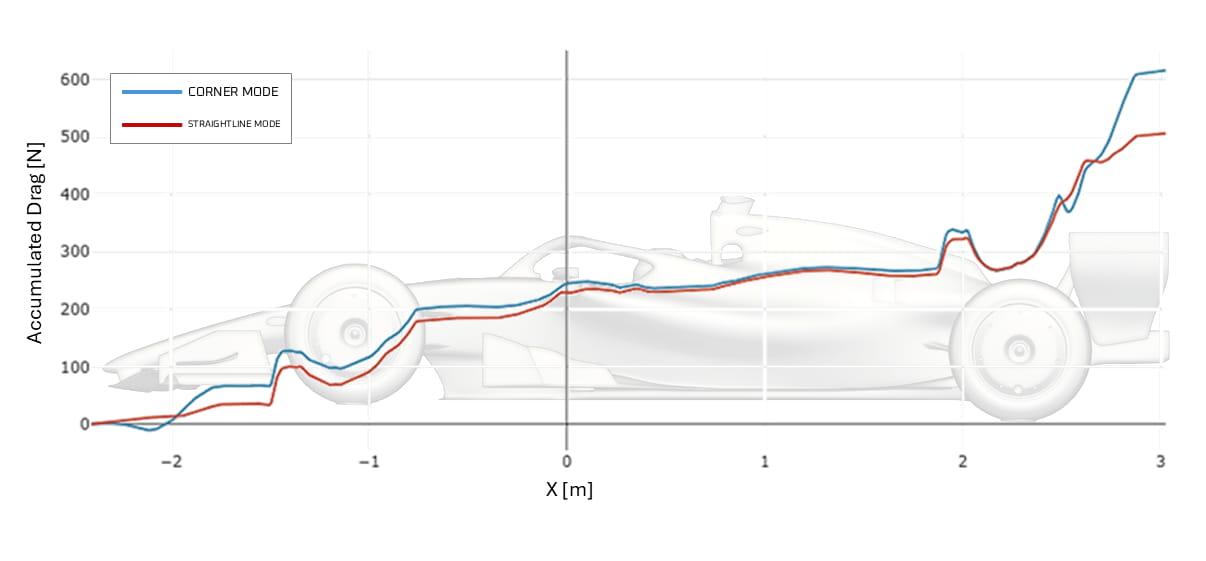
Drag plot showing the reduction in drag across the car between corner mode (blue line) and straightline mode (red line)
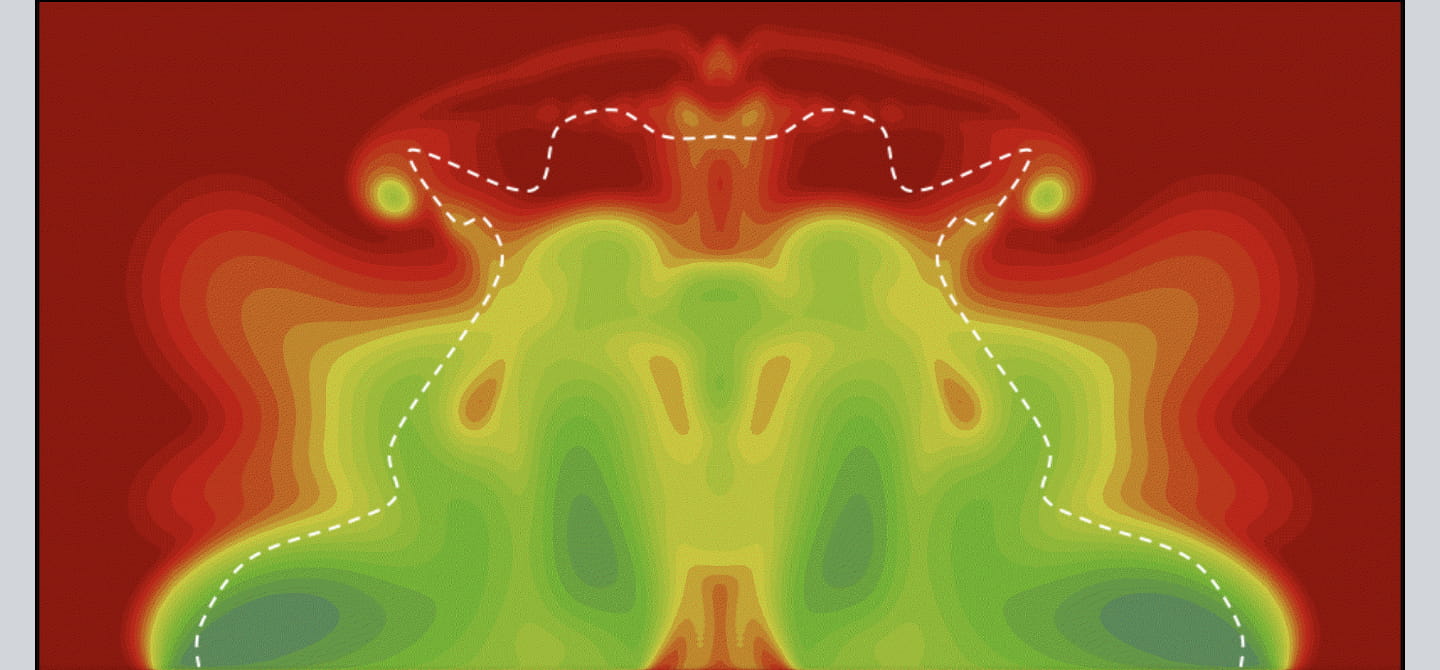
CFD simulation showing wake behind the 2026 F1 car in corner mode
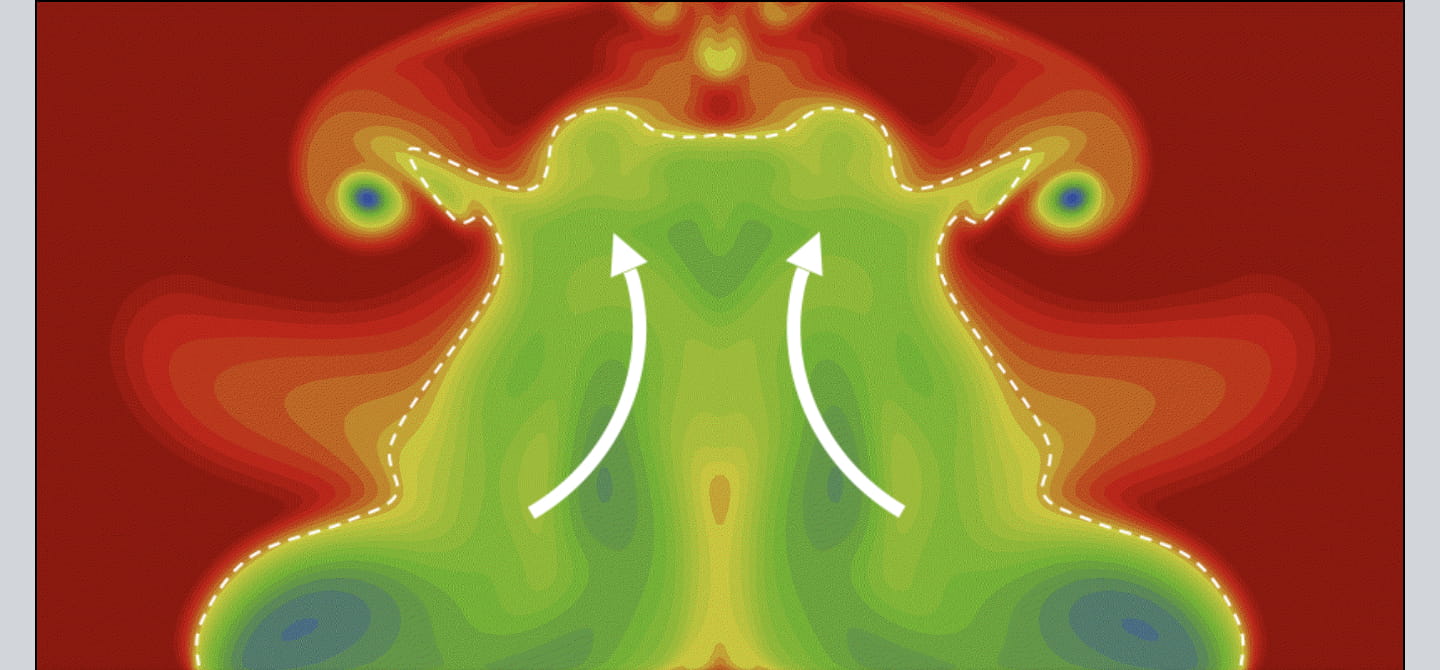
CFD simulation showing wake being pushed lower and outwards when straightline mode is deployed

.jpg?cx=0.5&cy=0.5)
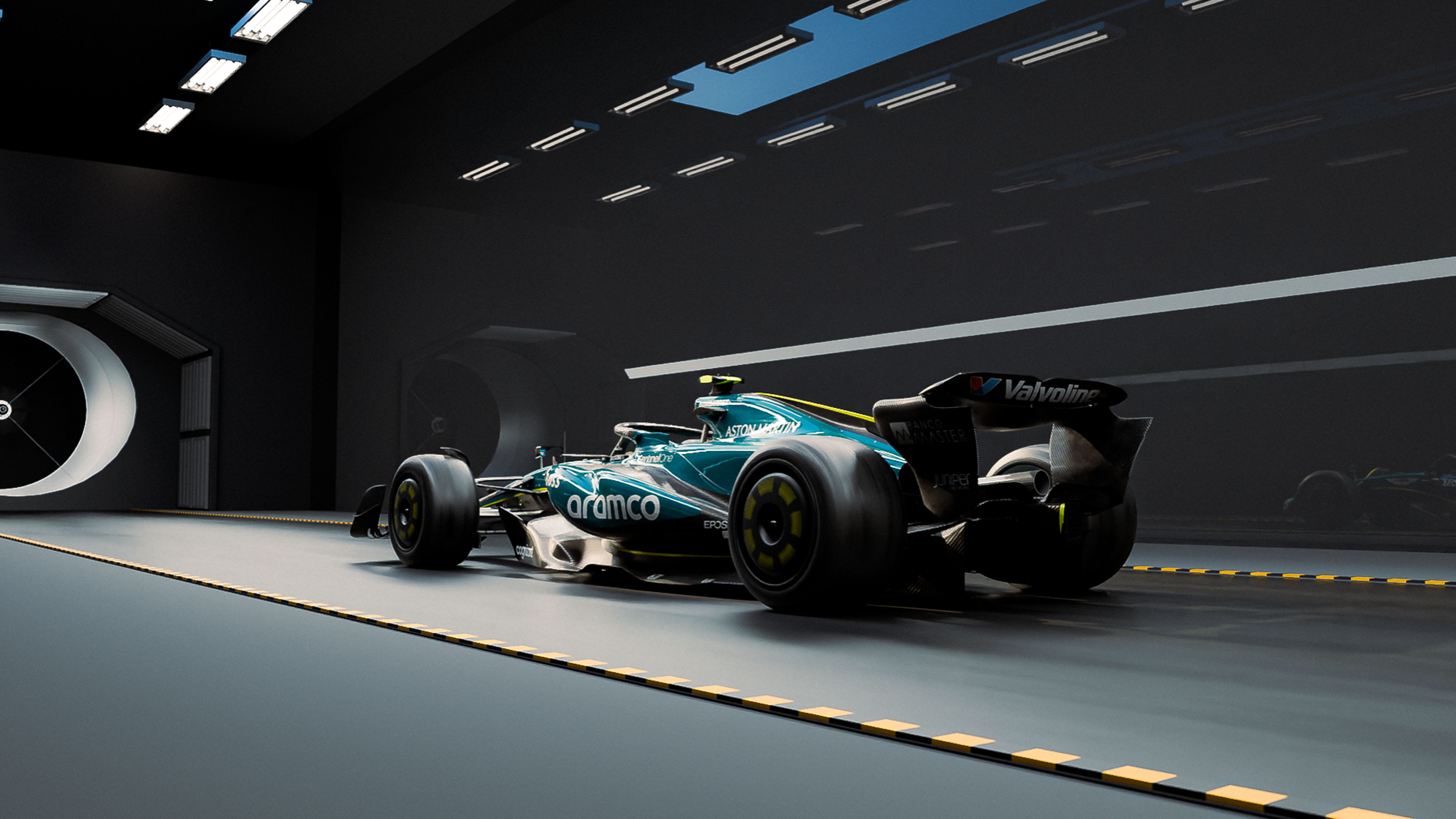
.png?cx=0.5&cy=0.5)
